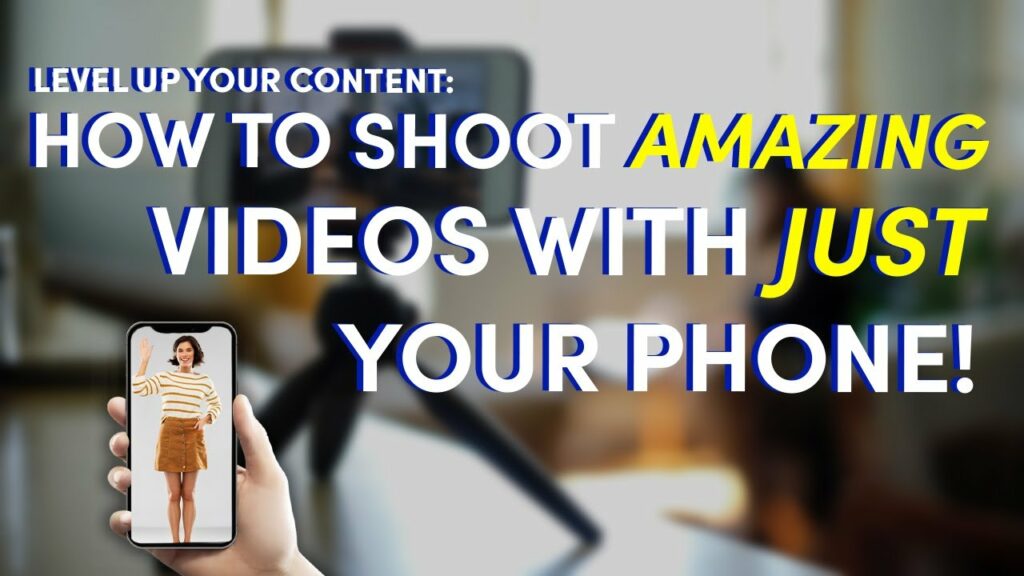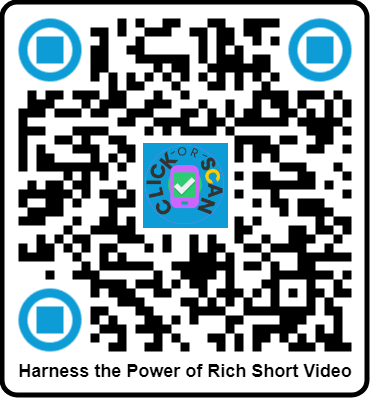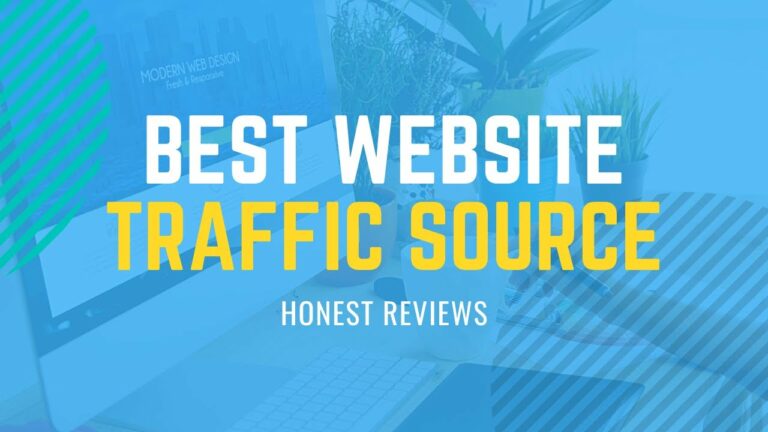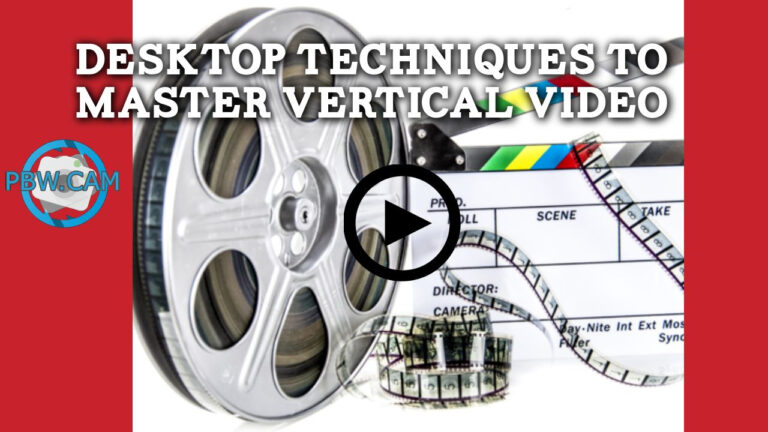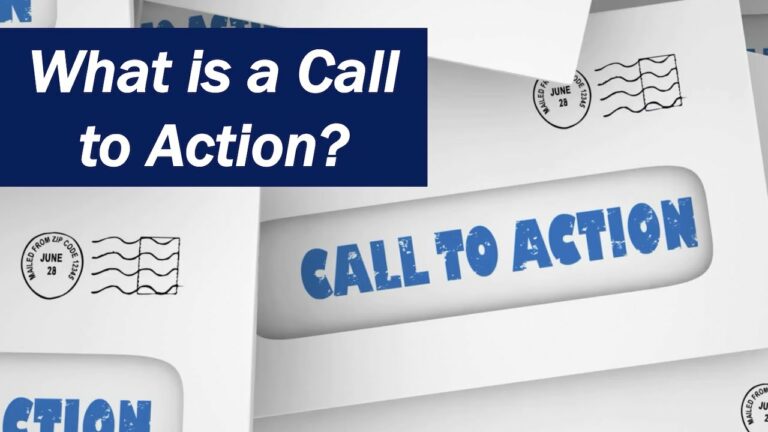Harness the Power of Rich Short Video Content
Video content is also incredibly shareable, which makes it a great way to build your brand and reach a wider audience.
And, with the rise of social media, it’s easier than ever to get your video content in front of potential customers and clients.
If you’re not already using video in your marketing, now is the time to start.
Here are some tips to help you get started on how to Harness the Power of Rich Short Video Content creating rich, short video content that will help you reach your business goals.
Using Camtasia to harness the power of rich short video content can revolutionize your digital presence by captivating audiences and boosting engagement.
Short videos, typically under two minutes, deliver sharp, focused messages that satisfy the modern viewer’s preference for bite-sized information.
With Camtasia’s powerful but user-friendly editing features, creating these engaging snippets is more accessible than ever.
Moreover, integrating interactive elements like quizzes or clickable links within your videos can significantly enhance viewer interaction and retention.
Camtasia makes it seamless to embed such features without compromising on quality or increasing production time.
Transitioning from static content to dynamic video not only diversifies your media portfolio but also taps into higher conversion rates as videos are poised to capture attention faster and hold it longer compared to traditional textual content.
Harness this opportunity with Camtasia’s precision tools designed specifically for crafting professional-level short videos that stand out in crowded feeds.
Table of Contents Harness the Power of Rich Short Video Content
Determine Your Target Audience
When creating short video content, the first step is always to determine your target audience.
This might seem like a no-brainer, but it’s important to be as specific as possible.
Who are you making this video for?
What are their interests?
What are their pain points?
Once you have a good understanding of your target audience, you can start to create content that will resonate with them.
If you’re not sure who your target audience is, take some time to research your competition.
See who they’re targeting and try to fill any gaps in the market. There’s always room for another voice in the conversation, so make sure yours is heard!
Using Camtasia offers a strategic advantage in pinpointing your target audience, as it allows you to create dynamic content that speaks directly to their needs.
By leveraging its advanced analytics, you can discern which segments of your audience are most engaged with specific types of content.
This data is invaluable for tailoring your videos not only in terms of subject matter but also in stylistic choices that resonate more effectively.
Consider the power of customization within Camtasia.
You can craft bespoke video tutorials, product demos, or webinars that cater specifically to distinct demographics—whether that’s industry professionals, educators, or hobbyists.
Dive into the subtleties of what’s working and iterate quickly; perhaps it’s the pacing of your voiceover or the inclusion of interactive elements like quizzes and call-to-action buttons that captivate certain viewers more than others.
Adapting these insights will enable you to refine targeted campaigns and foster deeper connections with your ideal audience groups.
Identify Your Goals
Whether you want to build awareness, create interest, generate demand, or nurture your customers, you need to identify your goals before you get started. What do you want your audience to do after watching your video?
If you’re not sure, take a step back and think about your overall marketing goals. From there, you can start to pinpoint what you want your video to achieve.
Keep in mind that you don’t have to (and shouldn’t) try to accomplish everything with one video. You can (and should) create a series of videos that each have their own specific goal.
Identifying your goals is crucial when using Camtasia to create impactful video content. Imagine diving into a project without a clear destination in mind—chaotic, isn’t it?
Understanding exactly what you want to achieve can transform your creative process from muddled to masterful.
Whether you’re aiming to educate, persuade, or entertain, delineating these objectives at the outset ensures that every transition, annotation, and visual effect aligns cohesively with your vision.
Harnessing Camtasia’s robust features becomes significantly more effective once you zero in on your specific goals.
For instance, if your primary aim is tutorial creation, leveraging Camtasia’s screen recording and detailed cursor effects helps craft an instructional masterpiece that keeps learners engaged.
Conversely, if storytelling tops your agenda, sophisticated editing tools like animations and music overlays can be employed to captivate your audience emotionally from start to finish.
Knowing where you want to go makes navigating through Camtasia’s extensive toolset not just easier but profoundly meaningful.
Choose the Right Platforms
With the rise of short video content, it’s important to choose the right platform to host your videos.
Depending on your goals, you may want to choose a platform that is geared towards a specific audience or type of video.
For example, if you’re looking to create videos for a product or service, you may want to consider using a platform like YouTube or Vimeo.
However, if you’re looking to create more personal or behind-the-scenes videos, you may want to consider using a platform like Snapchat or Instagram Stories.
Use the Right Technology
To really take advantage of the power of short video content, you need to use the right technology.
That means using a video platform that is designed for creating and sharing short videos.
There are a few different options out there, but we recommend using Vimeo or Wistia.
Both of these platforms offer a variety of features that will make it easy to create and share your videos. Plus, they both have integrations with a variety of other tools that will come in handy as you start using short video content more and more.
Establish an Engaging Tone
If you want to succeed with short video content, it’s important to establish an engaging tone. This means creating videos that are interesting and informative, while also being entertaining. The best way to do this is to find a balance between the two.
One way to ensure your videos are engaging is to focus on quality over quantity. This doesn’t mean you need to create long, drawn-out videos. Instead, focus on creating videos that are packed with information and value. This way, your audience will be more engaged and more likely to watch your videos all the way through.
Another way to create engaging short videos is to focus on creating a personal connection with your audience. This can be done by sharing your own personal experiences or by simply being yourself. When your audience feels like they know you, they’ll be more likely to watch your videos and stay engaged.
Track and Measure Results
As you create short videos, it’s important to track and measure the results so you can see what’s working and what’s not. There are a number of ways to do this, including using analytics tools built into social media platforms, third-party software, and even simply keeping track of your own data.
Analytics tools will give you insights into things like how many people are watching your videos, how long they’re watching, and where they’re coming from. This data can be extremely valuable in helping you to understand what kind of content is resonating with your audience and what isn’t.
Third-party software can also be helpful in tracking and measuring results. This can be anything from a simple spreadsheet to more sophisticated tools designed specifically for video analytics.
Finally, don’t forget that you can also just keep track of your own data. This can be as simple as noting how many views each video gets or keeping a tally of how many sales or leads you get from your videos.
Whichever method you choose, tracking and measuring your results is essential to making sure your short video content is as effective as possible.
Promote Your Content
As the saying goes, “Content is king.” But what good is a king if no one knows he exists? You could have the best product in the world, but if you don’t promote it, no one will ever know about it.
The same goes for your short video content. You could have the best, most engaging videos out there, but if you don’t promote them, they’ll just sit there gathering dust.
So how do you promote your short videos? Here are seven ideas to get you started:
- Use social media
This is a no-brainer. Social media is one of the best ways to get your videos seen by a large audience. Post them on all your social media channels, and encourage your followers to share them.
- Use paid advertising
Paid advertising is a great way to reach a larger audience than you would through organic means. You can use platforms like Facebook, Instagram, and YouTube to run ads for your videos.
- Use email marketing
If you have a list of email subscribers, promote your videos to them through email. You can include a video in your email
- Keep Your Content Fresh and Relevant
As technology continues to evolve, the way that people consume content is changing. People are increasingly turning to short videos to get their fix of information and entertainment. This trend is only going to continue to grow in the coming years.
To make sure that your content is fresh and relevant, you need to be creating short videos that pack a punch. Keep your videos under two minutes and make sure that they are engaging and informative. If you can do this, you’ll be able to keep your audience coming back for more.
In conclusion, if you want to harness the power of rich short video content, you need to understand how to produce and distribute it effectively. Luckily, there are plenty of resources and platforms available to help you get started. With a little effort, you can start creating high-quality, engaging videos that will capture your audience’s attention and keep them coming back for more.

